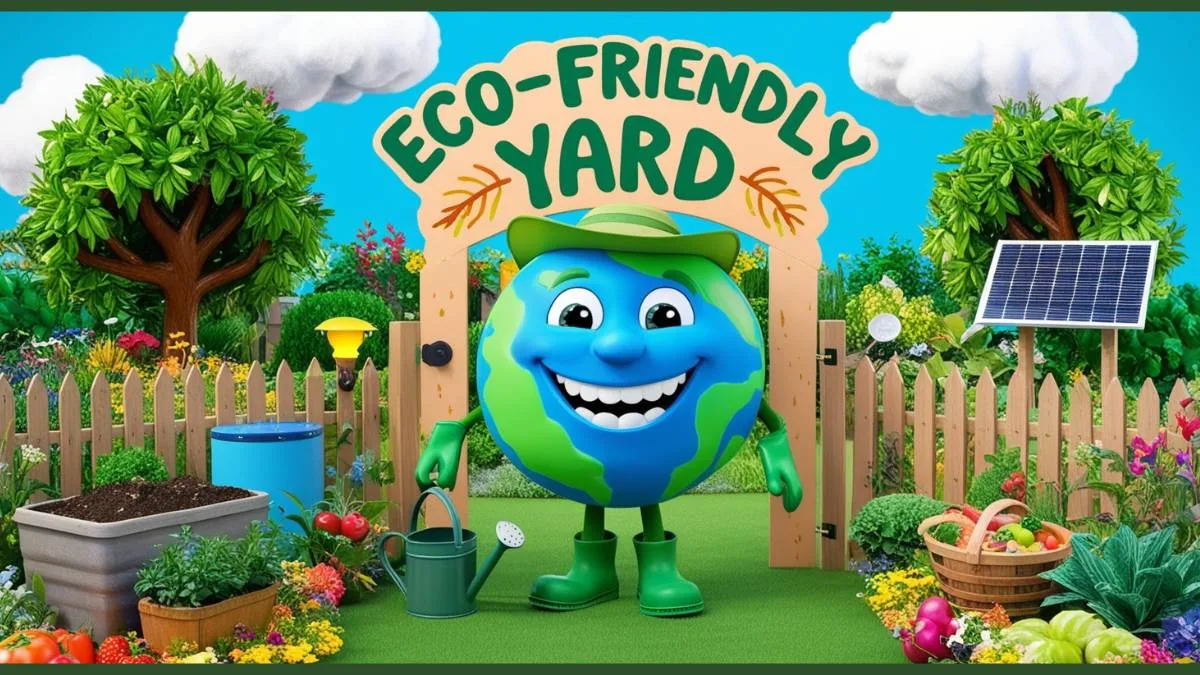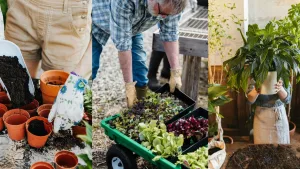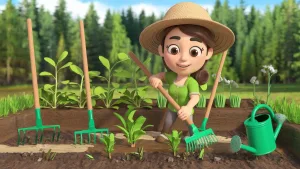
In an age where environmental awareness is more critical than ever, many homeowners are looking for ways to make their gardening practices more sustainable. Sustainable gardening is an eco-friendly approach that conserves resources, protects biodiversity, and minimizes waste. If you’re ready to create a beautiful, eco-friendly garden, here are some top sustainable gardening tips to transform your yard into a green oasis.
1. Choose Native Plants
Native plants are the backbone of sustainable gardening. They have evolved to thrive in the local climate, requiring less water, pesticides, and fertilizers. Not only do native plants adapt well to their environment, but they also provide essential habitats for local wildlife, including bees, butterflies, and birds.
- Tip: Research the native plant species in your area and incorporate them into your garden. Native flowering plants, shrubs, and trees will add natural beauty while reducing your garden’s environmental impact.
2. Compost Organic Waste
Composting is a sustainable method to transform kitchen scraps and garden waste into nutrient-rich compost. This sustainable practice enriches soil, reduces the need for chemical fertilizers, and cuts down on landfill waste. Creating compost is easy—simply gather your plant-based food scraps, grass clippings, and leaves in a compost bin, and let nature do the rest!
- Tip: To get a rich compost faster, turn the compost pile regularly to increase airflow and help it break down more quickly.
3. Conserve Water
Water conservation is a cornerstone of eco-friendly gardening. Many gardeners overwater their plants, which wastes water and can lead to root rot. By implementing smart watering practices, you can reduce water usage without sacrificing plant health.
- Tips:
- Conserve water by installing a rain barrel to collect rainwater for your plants.
- Water your plants during the cooler parts of the day, such as early morning or late evening, to minimize water loss through evaporation.
- Use a drip irrigation system to target specific plants, preventing water wastage.
4. Use Organic Mulch
Organic mulch is a fantastic resource for any sustainable garden. It helps retain soil moisture, reduces the need for frequent watering, and prevents weed growth. As the mulch breaks down, it enriches the soil with organic matter, improving soil health over time.
- Tip: Incorporate a layer of organic mulch into the soil surrounding your plants. Options like shredded bark, straw, and pine needles are excellent for sustainable mulching.
5. Avoid Chemical Pesticides and Fertilizers
Chemical pesticides and fertilizers can harm beneficial insects and leach harmful substances into the soil and groundwater. Opt for organic alternatives that support a healthy ecosystem in your garden.
- Tips:
- Introduce natural predators, like ladybugs and lacewings, to control pests naturally.
- Use organic fertilizers, such as compost tea or fish emulsion, to nourish your plants safely.
6. Reduce Lawn Space
Traditional lawns require a lot of water, fertilizers, and maintenance. Replacing part of your lawn with native grasses, ground covers, or garden beds can save resources and create a more sustainable landscape.
- Tip: Design a garden layout that minimizes lawn space and maximizes biodiversity. Perennial plants, wildflowers, and clover are great alternatives to grass and can add unique beauty to your yard.
7. Practice Crop Rotation
If you grow vegetables, practicing crop rotation is a sustainable way to maintain healthy soil. By changing the location of your crops each year, you prevent soil depletion and reduce pest problems.
- Tip: Create a crop rotation plan to manage nutrient levels and break up pest cycles. For example, rotate nitrogen-fixing plants like beans with nitrogen-consuming plants like tomatoes.
8. Create a Wildlife Habitat
One of the best ways to embrace sustainable gardening is by creating a wildlife-friendly habitat. Attract pollinators like bees, butterflies, and birds by planting a variety of flowers and providing a water source, such as a birdbath or small pond. This approach supports local biodiversity and creates a balanced ecosystem in your garden.
- Tip: Plant pollinator-friendly flowers and avoid using pesticides that could harm beneficial insects.
9. Opt for Sustainable Garden Furniture and Materials
When choosing garden furniture, opt for sustainable materials like bamboo, reclaimed wood, or recycled metal. Sustainable furniture lasts longer and has a lower environmental impact, aligning with your eco-friendly gardening efforts.
- Tip: Check for eco-friendly certifications when purchasing garden furniture to ensure it’s made with sustainability in mind.
10. Reduce, Reuse, and Recycle
An eco-friendly garden doesn’t stop at plants and soil care; it also includes your garden tools and decorations. Reuse items like old containers for planters or recycle household items as DIY garden decor.
- Tip: Look for secondhand gardening tools or make use of recycled materials for plant markers, trellises, and borders.
Final Thoughts: Growing a Sustainable Future
Creating a sustainable garden is a rewarding way to contribute to a greener planet while enjoying a beautiful outdoor space. By following these eco-friendly gardening tips, you can reduce your environmental footprint, support local wildlife, and cultivate a yard that thrives naturally. Sustainable gardening is not only good for the environment but also brings joy and purpose to your daily gardening routines.
Share via:




